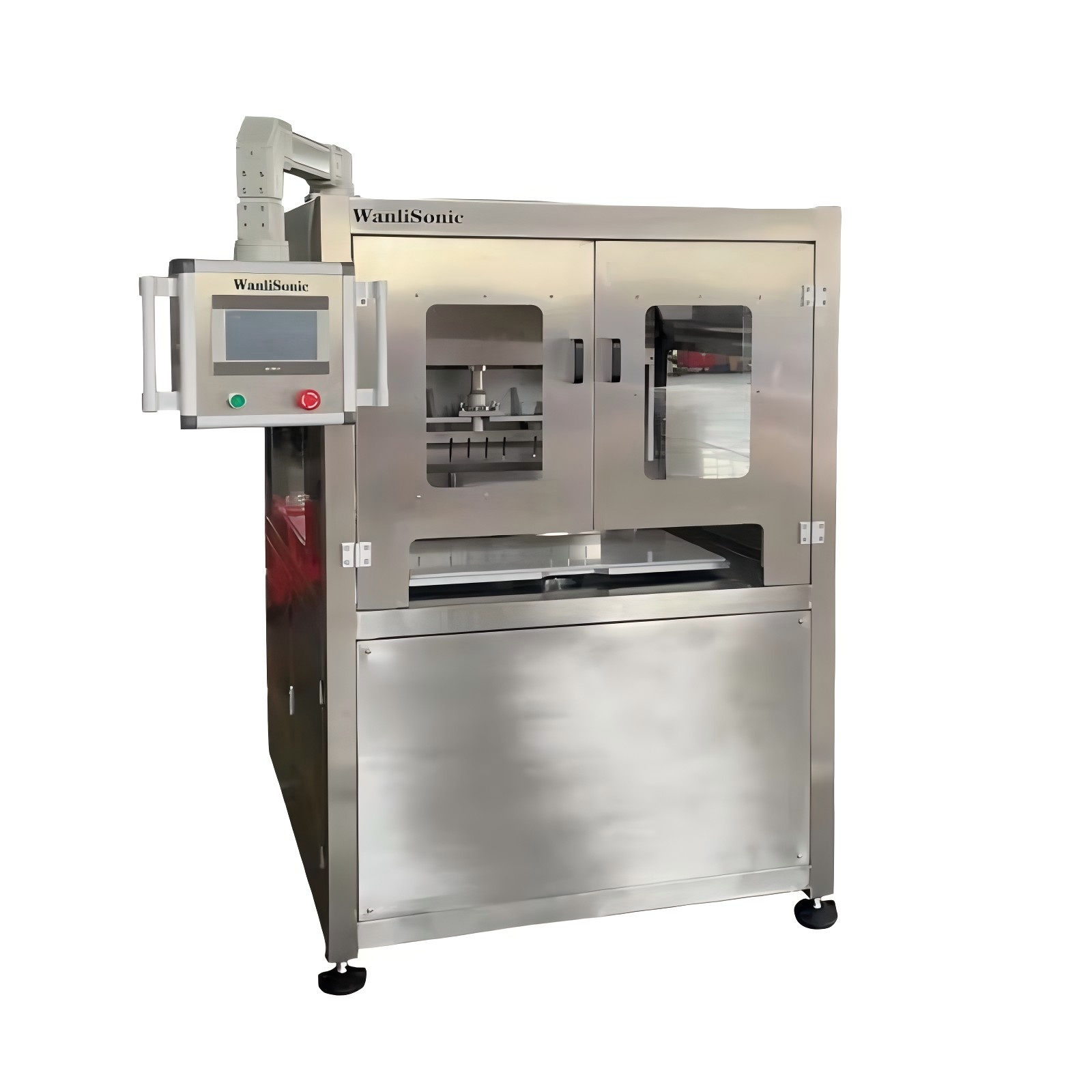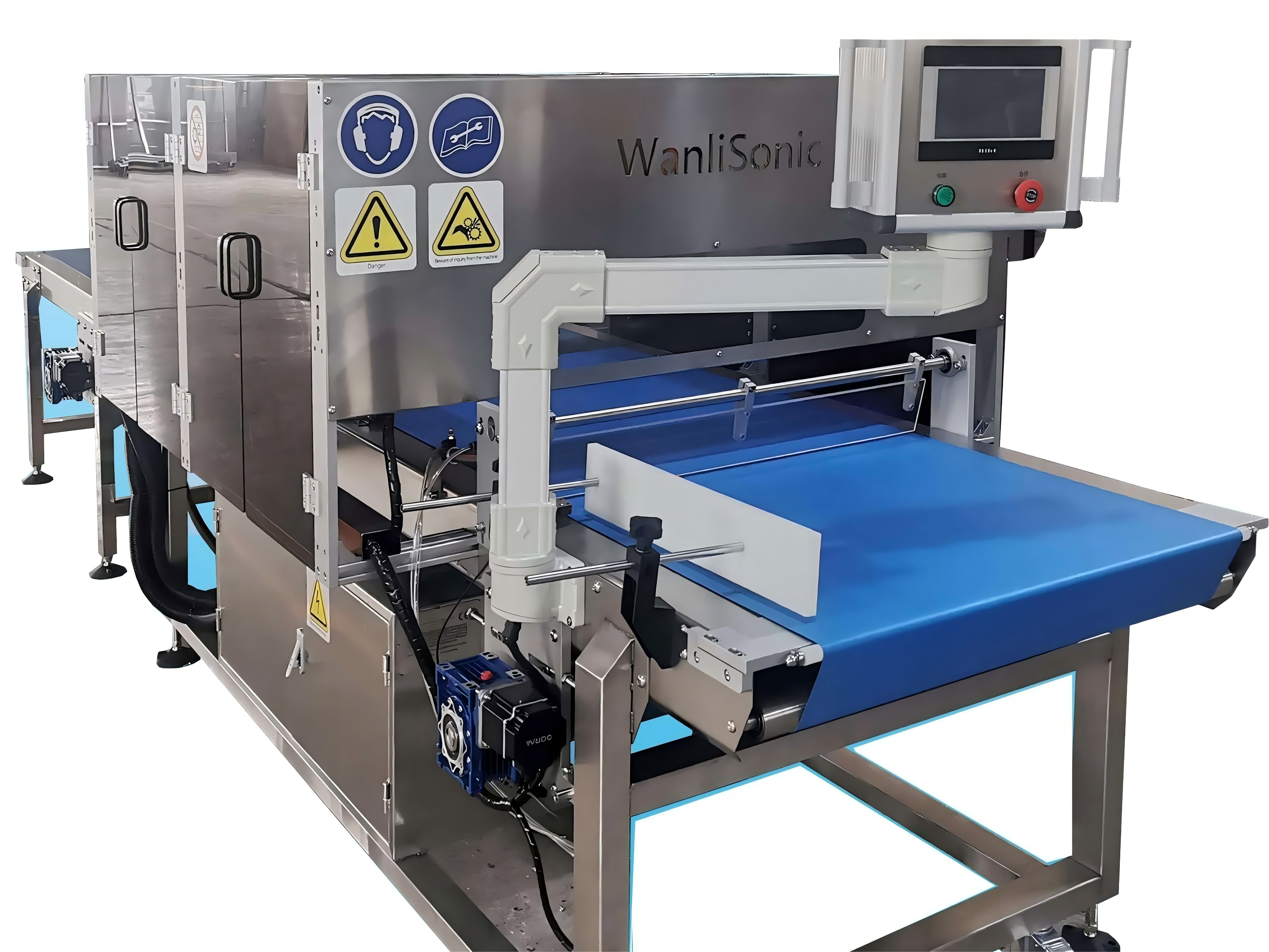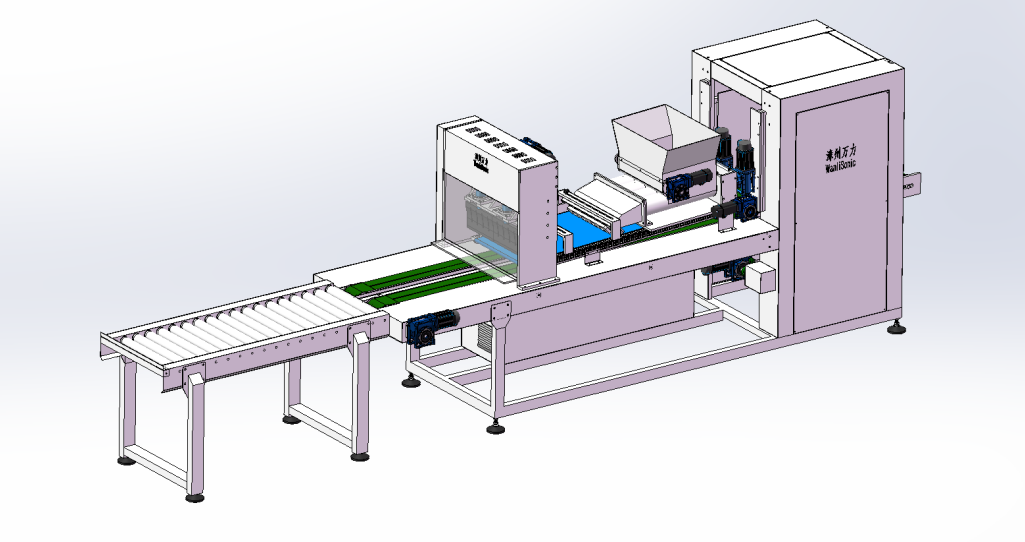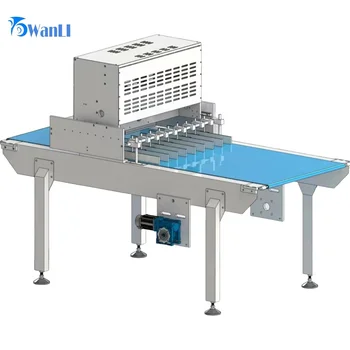Four Rows Automatic Bread Filling Machine
Introduction to Automatic Bread Filling Machines
Automatic bread filling machines have revolutionized the bakery industry, providing efficient solutions for filling bread products with various fillings such as cream, jam, or chocolate. Among these machines, the four rows automatic bread filling machine stands out for its advanced capabilities and streamlined operation.
How Automatic Bread Filling Machines Work
Understanding the Mechanism
Automatic bread filling machines operate using a conveyor belt system. Bread products are placed onto the conveyor and pass through various stations along the production line. At the designated filling station, precise amounts of filling are injected into the bread products through specialized nozzles. This ensures accurate and uniform distribution of the filling within each bread item.
Key Components
Automatic bread filling machines consist of several key components that work together to facilitate the filling process:
- Conveyor Belt: The conveyor belt transports the bread products through the different stages of the filling process, ensuring a continuous and efficient workflow.
- Filling Nozzles: Specialized nozzles are responsible for injecting the filling into the bread products. These nozzles are designed to deliver precise amounts of filling, ensuring consistency in product quality.
- Hopper for Filling Material: The filling material is stored in a hopper attached to the machine. This hopper holds the filling material and feeds it to the filling nozzles as needed during the production process.
- Control Panel for Setting Parameters: A control panel allows operators to set various parameters such as filling quantity, speed, and other specifications. This enables customization and optimization of the filling process according to specific requirements.
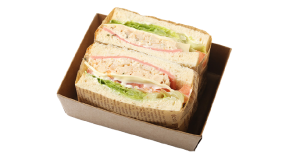
Increased Efficiency
Automatic bread filling machines, particularly the four rows automatic bread filling machine, enhance production efficiency significantly by filling multiple bread products simultaneously. This capability streamlines the production process, reducing the time required to fill each product.
Consistency in Product Quality
One of the key advantages of automatic bread filling machines is their ability to ensure precise filling quantities and uniform distribution. This consistency leads to a uniform product quality across all bread items, resulting in higher customer satisfaction and loyalty.
Reduction in Labor Costs
By automating the filling process, these machines effectively reduce the need for manual labor. Bakery owners can save both time and labor costs, as fewer personnel are required to operate the machines. This not only leads to cost savings but also frees up labor resources for other tasks within the bakery.
Types of Automatic Bread Filling Machines
Automatic bread filling machines are available in several types, each offering unique features and benefits:
Piston Fillers
Piston fillers utilize pistons to dispense precise amounts of filling into bread products. This method ensures accuracy and consistency in filling quantities, making it suitable for a wide range of bread products.
Auger Fillers
Auger fillers employ a rotating auger to move filling material into the bread products. This mechanism is particularly effective for handling thick or viscous fillings, ensuring smooth and efficient filling processes.
Volumetric Fillers
Volumetric fillers measure filling material by volume, guaranteeing accurate filling quantities. This type of filling machine is versatile and can accommodate various types of fillings, making it a popular choice in the bakery industry.
Factors to Consider When Choosing a Bread Filling Machine
Production Capacity
When selecting a bread filling machine, it’s essential to consider the production capacity that meets the demands of your bakery or food manufacturing plant. Assess your production needs and choose a machine that can efficiently handle the required volume of filled bread products.
Type of Bread Products
Another crucial factor to consider is the type and size of bread products you’ll be filling. Different machines may be better suited for specific types of bread, such as loaves, buns, or rolls. Ensure that the machine you choose is compatible with the size and shape of your bread products to achieve optimal results.
Ease of Cleaning and Maintenance
Opting for a machine with easy-to-clean components and accessible maintenance procedures can significantly minimize downtime and ensure smooth operation. Regular cleaning and maintenance are essential to keep the machine in optimal condition and prevent issues such as clogging or breakdowns. Choose a machine with user-friendly cleaning and maintenance features to streamline operations and maximize efficiency.
Applications of Automatic Bread Filling Machines
Automatic bread filling machines are versatile tools with applications across various industries, including:
Bakery Industry
In the bakery industry, automatic bread filling machines play a crucial role in streamlining production processes. They enable bakeries to efficiently fill bread products with a variety of fillings, such as cream, jam, or chocolate. These machines help bakery owners meet the demands of their customers while maintaining consistent product quality and maximizing efficiency.
Food Manufacturing Plants
Automatic bread filling machines are also utilized in food manufacturing plants where mass production of filled bread products is required. These machines offer precision and speed in filling bread products, making them ideal for large-scale production facilities. Food manufacturing plants rely on automatic bread filling machines to meet production targets while adhering to strict quality standards.
Common Challenges and Solutions
Clogging Issues
One common challenge faced with automatic bread filling machines is clogging of the filling nozzles. This can occur due to buildup of filling material or debris over time. To prevent clogging issues and ensure smooth operation, it’s important to implement regular cleaning and maintenance practices. By keeping the filling nozzles clean and free from debris, you can minimize the risk of clogs and maintain consistent performance.
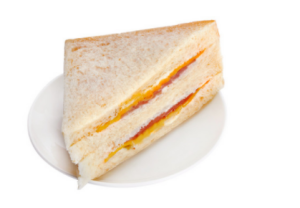
Maintenance Tips
To ensure optimal performance and prolong the lifespan of your automatic bread filling machine, it’s essential to follow manufacturer guidelines for regular maintenance. This may include routine inspections, cleaning procedures, and lubrication of moving parts. By adhering to recommended maintenance schedules and practices, you can prevent potential issues, minimize downtime, and maximize the efficiency of your machine.
Future Trends in Automatic Bread Filling Technology
Integration of IoT
One of the future trends in automatic bread filling technology is the integration of Internet of Things (IoT) technology. This advancement enables remote monitoring and control of bread filling machines, allowing bakery owners and operators to access real-time data and make adjustments as needed. By leveraging IoT technology, businesses can enhance efficiency and productivity by remotely monitoring machine performance, diagnosing issues, and optimizing production processes.
Enhanced Customization Features
Future automatic bread filling machines are expected to offer advanced customization features, allowing users to adjust filling quantities and patterns according to specific requirements. This level of customization provides greater flexibility for bakeries and food manufacturers to meet diverse customer preferences and market demands. With enhanced customization options, businesses can tailor their filled bread products to cater to different tastes, trends, and dietary preferences, thereby enhancing customer satisfaction and market competitiveness.
Conclusion
In conclusion, the four rows automatic bread filling machine presents a dependable and effective solution for filling bread products with a variety of fillings. Its advanced features and benefits have solidified its position as an indispensable tool in the bakery industry and beyond. With its ability to enhance production efficiency, maintain consistent product quality, and reduce labor costs, this machine plays a vital role in streamlining operations and meeting the demands of modern bakeries and food manufacturing plants. As technology continues to evolve, we can expect further innovations in automatic bread filling technology, driving increased efficiency, customization, and versatility in the industry.
FAQs
- What types of fillings can be used with automatic bread filling machines?
- Automatic bread filling machines can accommodate a wide range of fillings, including cream, jam, chocolate, and more.
- Are automatic bread filling machines easy to clean?
- Many modern machines are designed for easy cleaning, with accessible components and removable parts.
- Can automatic bread filling machines handle different sizes of bread products?
- Yes, most machines are adjustable to accommodate various sizes and shapes of bread products.
- How do automatic bread filling machines ensure accuracy in filling quantities?
- These machines are equipped with precise measurement systems, such as pistons or augers, to ensure accurate filling quantities.
- What are the primary benefits of using automatic bread filling machines?
- The main benefits include increased efficiency, consistency in product quality, and reduced labor costs.

